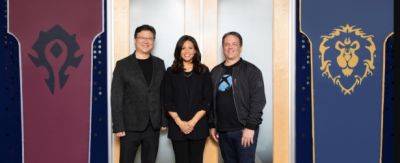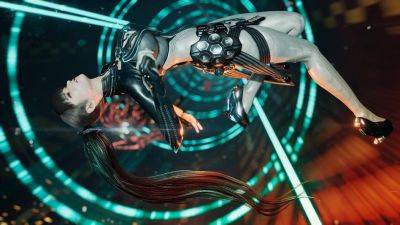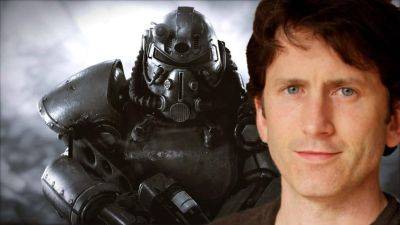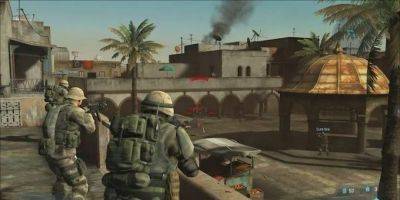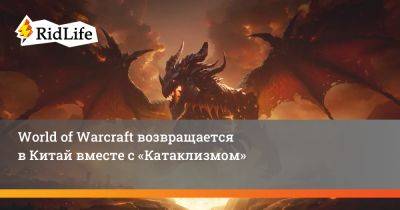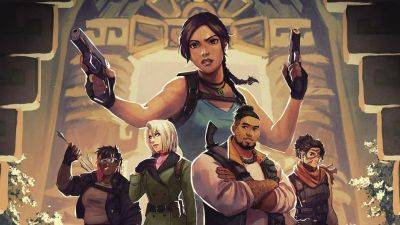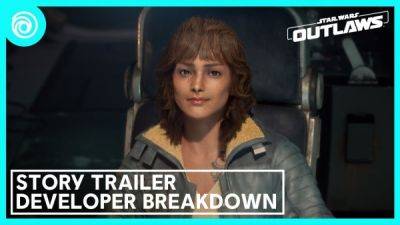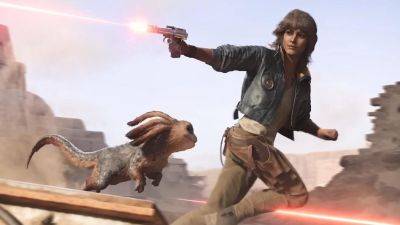How Assassin’s Creed Mirage Grew from DLC to Full Game
Assassin’s Creed Mirage was envisioned as an homage to its franchise – a celebration of how it began and what it accomplished between 2007’s Assassin’s Creed and 2023’s Mirage. Beginning as an idea for a DLC expansion that would take Eivor to the Middle East, it grew into a standalone prequel starring Basim, the enigmatic Hidden One from Valhalla. Developed as a shorter experience by Ubisoft Bordeaux, the return-to-roots game presented a distinctive set of challenges, which are explored in the March 22 GDC talk “Between Legacy and Modernity: Creating an Homage Game to the 15-Year-Old Assassin’s Creed Franchise.”
During the talk, Creative Director Stéphane Boudon and Lead Producer Fabian Salomon discuss the game’s beginnings, its growth into a “remoot” – that is, something between a remake and a reboot – and how a streamlined approach helped them make tough choices and focus the game on the Assassin experience. To find out more, we spoke with Boudon and Salomon about some of the early concepts behind the game, a few features that didn’t make the cut, and how Mirage re-introduced and redefined stealth as a gameplay pillar.
In your talk, you mention that Assassin’s Creed Mirage began as a DLC for Valhalla, in which Eivor would visit the Middle East. What would that have looked like, based on the initial pitch?
Stéphane Boudon: It was a very early idea, and it was really just one slide in a PowerPoint presentation. So it was quite rough, and the whole idea was that we wanted to come back to the Middle East. It was more the driver of the first pitch. But we dug around in that era, the ninth century, to find out what we could expect about this region, what were the key locations, etc., and pretty quickly we found Baghdad,


 news.ubisoft.com
news.ubisoft.com


